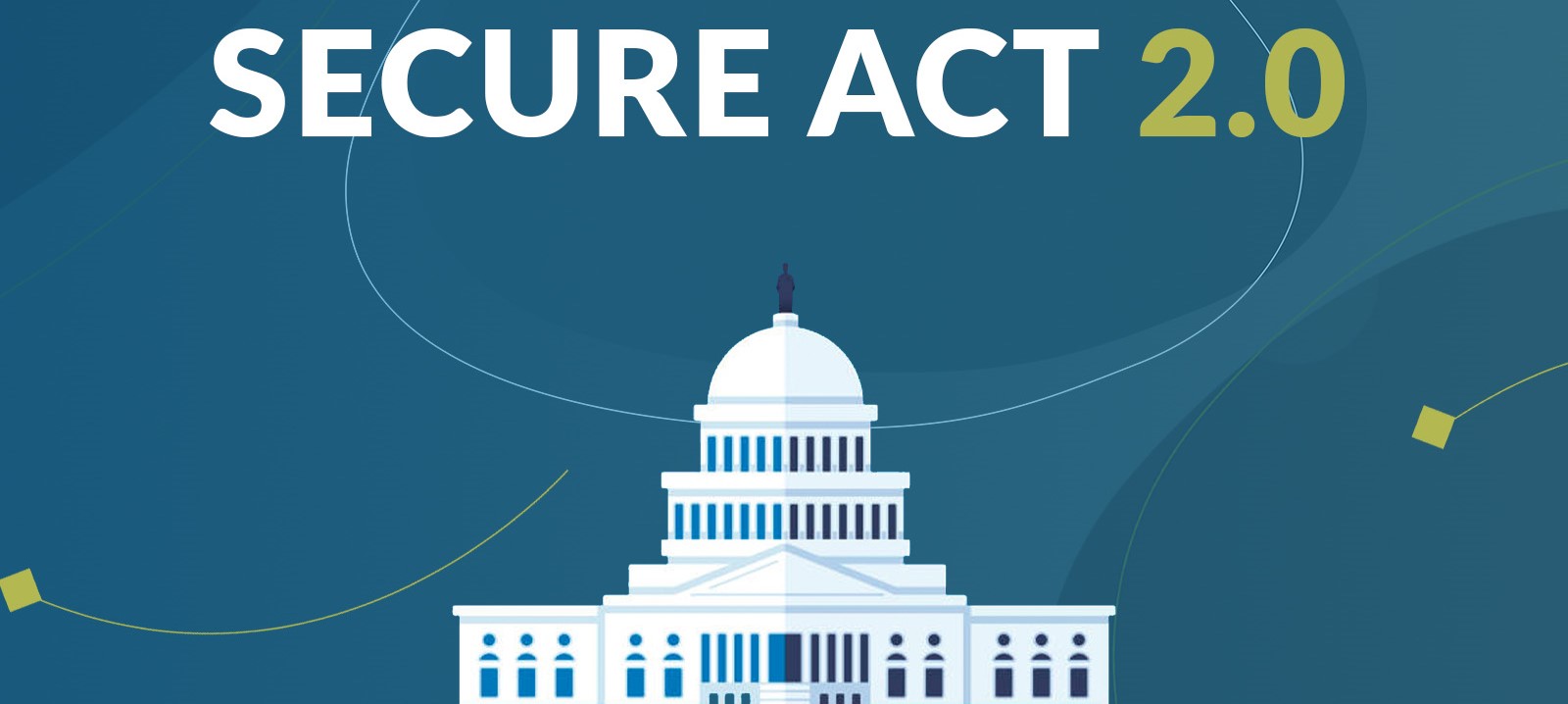Here are 10 IRA and work plan topics that you may have stumbled across yourself:
10. QCDs (Qualified Charitable Distributions). You can do a QCD for more than the RMD (required minimum distribution) for that year. However, you can’t take a distribution and then retroactively “deem” it to be a QCD. Also, if you already took your RMD, you can still do a QCD. It is just an additional distribution over and above what you already took.
9. Participation in multiple work plans – like a 401(k) and a SIMPLE. Yes, you can max out multiple work plans if you work at different companies, but you are bound by the annual elective deferral limits, aggregated across all plans.
8. Phase-out rules for IRA deductibility. Even if you make a million-dollar salary, you can still potentially deduct an IRA contribution. It depends if you are “covered” by a work plan or not.
7. Rolling a Roth 401(k) into a Roth IRA. So many variables. How old are you? How long have you had the Roth 401(k)? Do you have a Roth IRA? When was that Roth IRA started?
6. Inherited Roth IRAs – Do annual RMDs apply or not? An eligible designated beneficiary (EDB) can take stretch RMD payments from an inherited Roth IRA. However, a non-EDB of a Roth IRA will NOT have RMDs within the 10-year rule.
5. Pro-rata rule/Backdoor Roth. Holy cow, does this confuse people! You cannot cherry-pick just the after-tax dollars in your IRA and only convert those. The IRS looks at all your IRAs, SEPs, and SIMPLE plans as one big bucket of money. The ratio of after-tax vs. pre-tax determines the taxability of the conversion…and you are not paying “double tax.”
4. The “Not-more-than-10-years-younger” EDB category. This group is often completely overlooked. Anyone in the world who is not more than 10 years younger than you qualifies as an EDB on your IRA. There does not need to be any family relationship.
3. Roth IRA distribution ordering rules. Contributions come out first, converted dollars come out second, and earnings come out last. End of story. There is no FIFO, LIFO, or fe-fi-fo-fum.
2. Rules when a trust or estate is named as an IRA beneficiary. Where to begin? The trust or estate is the IRA beneficiary. You do not get to automatically set up inherited IRAs for the trust or estate beneficiaries – although the custodian may allow it based on previous private letter rulings. (And I am afraid to even mention the possibility of the “ghost rule” payout!)
And the number one most popular confusion…
1. Roth 5-year clocks. We could host a half-day webinar on this topic alone. There are two Roth IRA 5-year clocks to consider, and the nuances of different payout situations are infinite.
By Andy Ives, CFP®, AIF®
IRA Analyst











